Rising Healthcare Expenditure
The increase in healthcare expenditure in Germany is a notable driver for the sacroiliitis market. With the government and private sectors investing more in healthcare services, there is a greater emphasis on providing comprehensive care for chronic conditions like sacroiliitis. This trend is reflected in the rising budgets allocated for rheumatology departments and the procurement of advanced treatment modalities. As healthcare providers enhance their capabilities to manage sacroiliitis, patients are likely to benefit from improved access to therapies and support services. Consequently, this growing expenditure is expected to foster a more robust sacroiliitis market, as stakeholders seek to optimize patient care.
Increasing Prevalence of Sacroiliitis
The rising incidence of sacroiliitis in Germany is a crucial driver for the sacroiliitis market. Recent studies indicate that approximately 1-2% of the population may be affected by this condition, leading to a growing demand for effective treatment options. As awareness of the disease increases, more individuals are seeking medical attention, which in turn drives the market for diagnostic tools and therapeutic interventions. The healthcare system in Germany is adapting to this trend by enhancing its focus on rheumatological disorders, thereby creating opportunities for pharmaceutical companies to introduce innovative therapies. This increasing prevalence is likely to stimulate growth in the sacroiliitis market, as healthcare providers strive to meet the needs of an expanding patient population.
Technological Innovations in Diagnostics
Technological advancements in diagnostic imaging and testing are significantly impacting the sacroiliitis market in Germany. Innovations such as MRI and CT scans have improved the accuracy of diagnosing sacroiliitis, allowing for earlier detection and treatment. The integration of artificial intelligence in imaging analysis is also enhancing diagnostic capabilities, potentially leading to better patient outcomes. As healthcare facilities invest in state-of-the-art diagnostic equipment, the demand for these technologies is expected to rise. This trend not only benefits patients through timely interventions but also creates a competitive landscape for companies involved in the development of diagnostic tools, thereby propelling the growth of the sacroiliitis market.
Growing Investment in Research and Development
Investment in research and development (R&D) for new therapies targeting sacroiliitis is a significant driver for the sacroiliitis market in Germany. Pharmaceutical companies are increasingly allocating resources to develop novel biologics and small molecules aimed at treating this condition. The German government has been supportive of R&D initiatives, providing funding and incentives for innovative projects. This focus on developing effective treatments is likely to enhance the therapeutic landscape for sacroiliitis, addressing unmet medical needs. As new therapies enter the market, competition among manufacturers may intensify, potentially leading to more affordable treatment options for patients, thus expanding the sacroiliitis market.
Enhanced Patient Education and Support Programs
The development of patient education and support programs is emerging as a vital driver for the sacroiliitis market in Germany. These initiatives aim to inform patients about the condition, treatment options, and self-management strategies. By empowering patients with knowledge, healthcare providers can improve adherence to treatment regimens and enhance overall health outcomes. Furthermore, support programs often facilitate better communication between patients and healthcare professionals, fostering a collaborative approach to managing sacroiliitis. As awareness and understanding of the condition grow, the demand for related healthcare services and products is likely to increase, thereby positively influencing the sacroiliitis market.


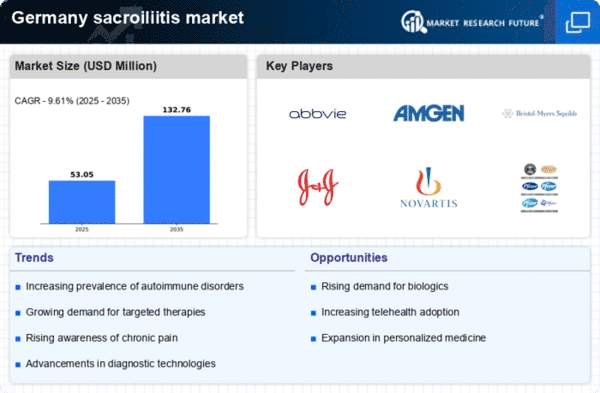
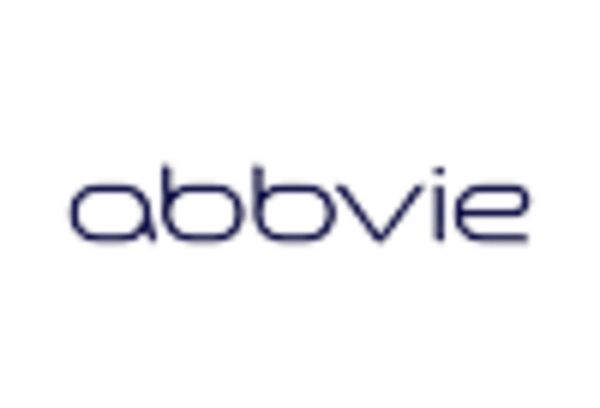
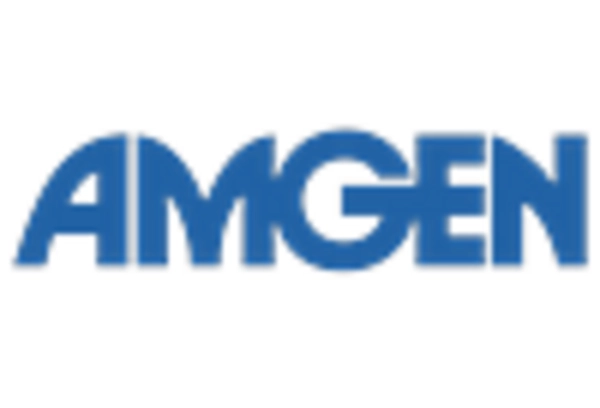
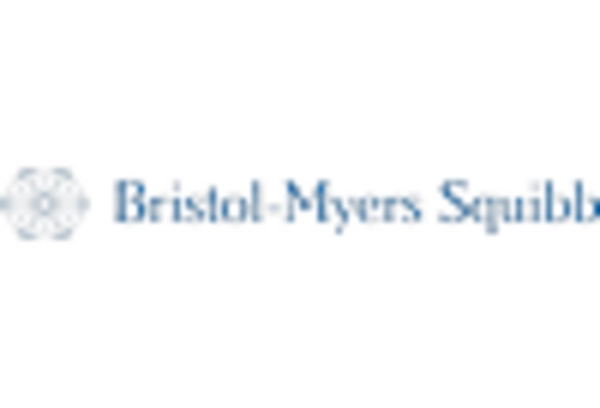
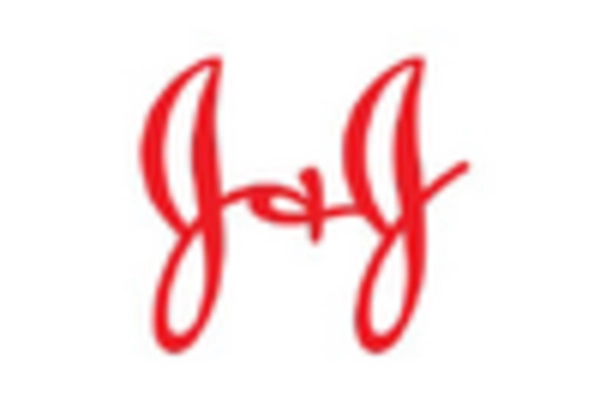
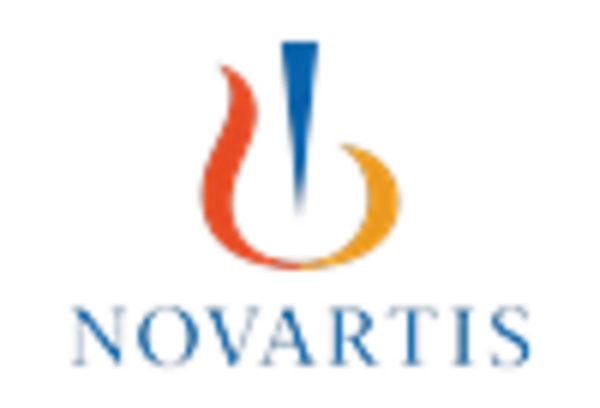
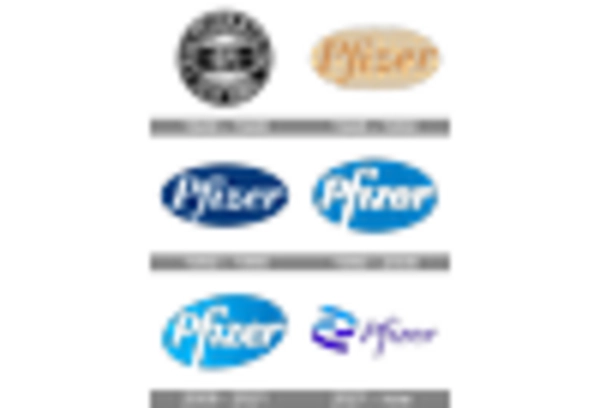








Leave a Comment